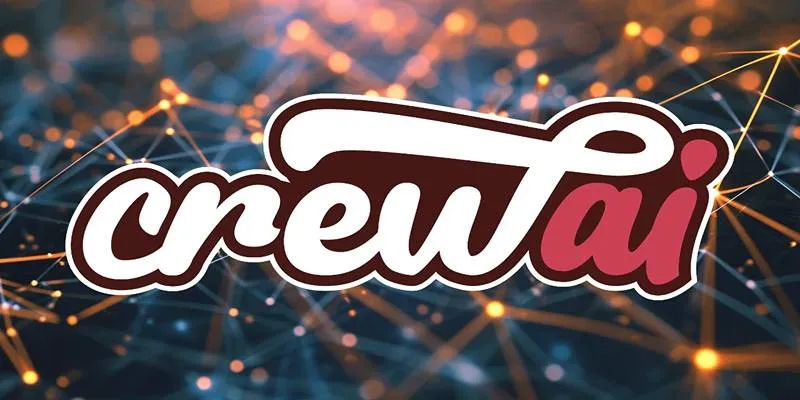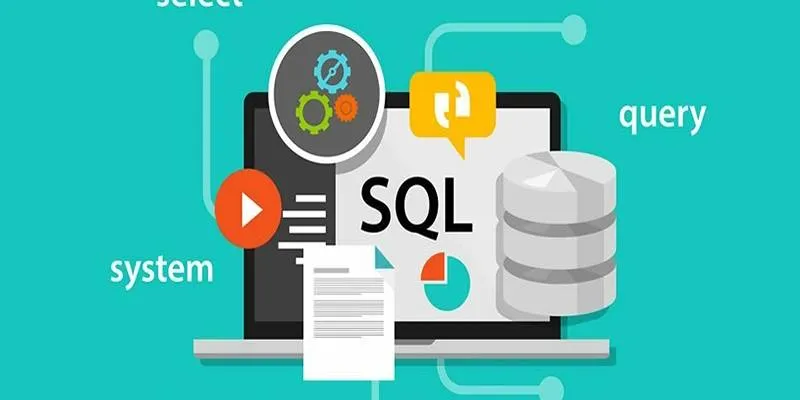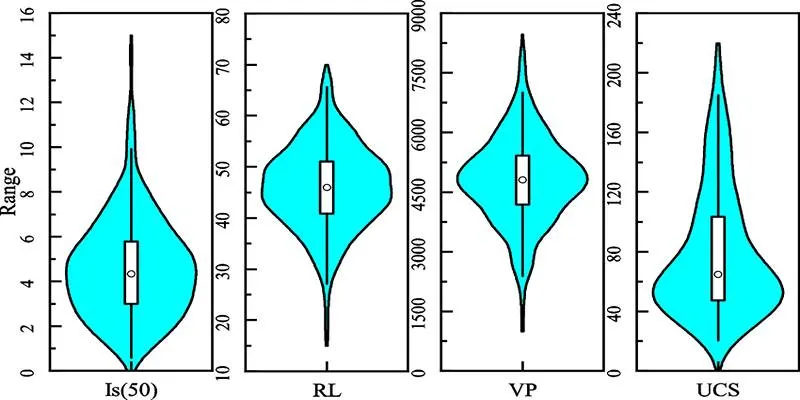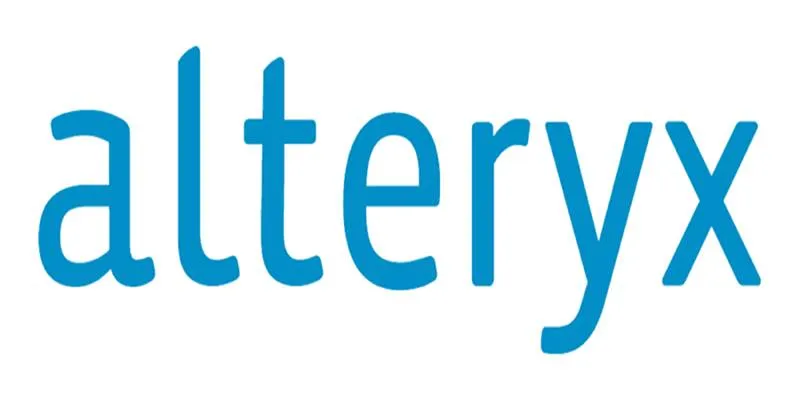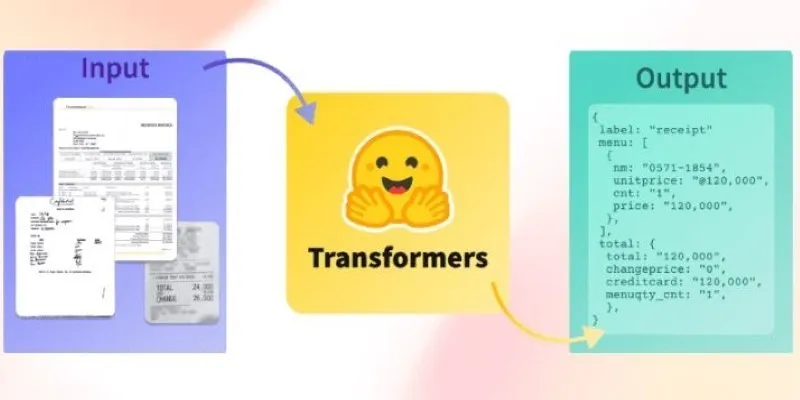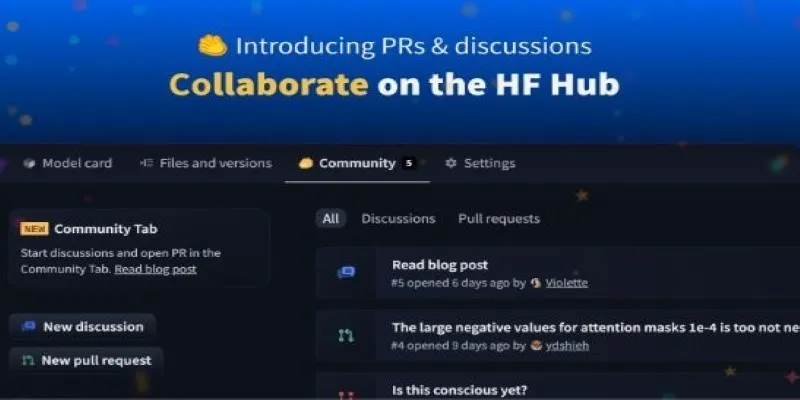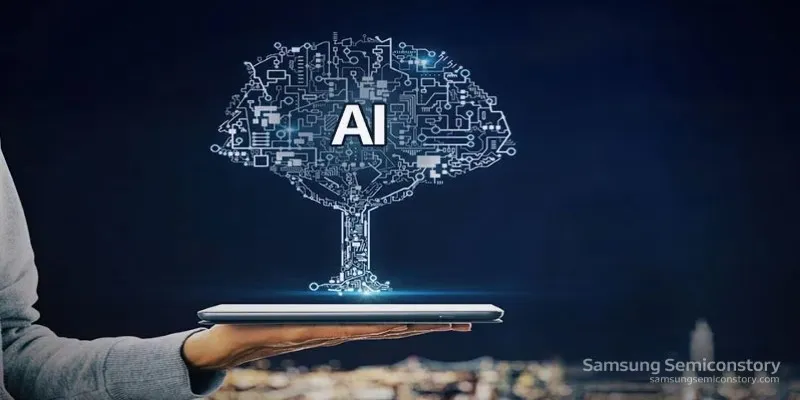Automated systems are revolutionizing how we process information in the digital age, especially in research, content creation, and data management. A particularly exciting advancement is the emergence of multi-agent AI systems—platforms where multiple AI agents collaborate to perform tasks traditionally handled by human teams.
CrewAI exemplifies this innovation by enabling cooperative AI agents to tackle complex tasks seamlessly. This post delves into how CrewAI’s multi-agent system can be leveraged to automatically generate structured articles from YouTube videos, significantly reducing manual labor while ensuring high- quality output. Whether you’re a content creator, developer, or tech enthusiast, this technology offers a fascinating glimpse into the future of content automation.
Why Automate Article Writing from YouTube Videos?
YouTube has evolved into a vast knowledge repository, hosting countless hours of educational, technical, and inspirational content uploaded daily. Platforms like Analytics Vidhya not only produce well-researched articles but also offer videos, webinars, and expert interviews. However, converting this rich multimedia content into written form—such as blogs or technical articles—remains a time-consuming and labor-intensive endeavor.
Consider the steps required to transform a YouTube video into a quality blog post:
- Watching and understanding the entire video
- Extracting relevant, accurate information
- Summarizing complex ideas
- Structuring the article logically
- Writing in an engaging, accessible tone
Accomplishing this for a single video is a formidable task. Now, imagine scaling this process to hundreds or thousands of videos across a content platform. It becomes impractical, if not impossible, without automation. That’s where CrewAI’s multi-agent system excels.
Understanding the Core Components of CrewAI
To grasp how CrewAI operates , we must dissect its fundamental components. Every CrewAI project comprises the following elements:
Agents

These are autonomous AI workers designed to handle specific tasks. For instance, one agent may specialize in research, while another focuses on writing.
Tasks
Each task specifies what an agent should achieve. For example, a task might instruct an agent to extract insights from a video or compose a detailed blog post.
Tools
Tools are supporting technologies or APIs that assist agents in completing their tasks. These can include systems for extracting video transcripts, analyzing video descriptions, or fetching metadata from YouTube channels. Combined, these components form a powerful, automated workflow capable of converting video content into long-form articles with minimal manual intervention.
Meet the Agents: Researcher and Writer
In this multi-agent system, two primary AI roles are defined:
1. Domain Expert (Content Researcher)
This agent simulates the role of a subject matter expert, with responsibilities like:
- Searching a specific YouTube channel based on a given topic
- Analyzing the selected video
- Extracting key insights, including metadata, summaries, and topics discussed
- Structuring findings into a coherent research document
It utilizes a specialized video search and data retrieval tool to gather relevant information, effectively understanding the video content.
2. Content Writer
The second agent functions as a technical content writer. It receives structured research from the Domain Expert and:
- Converts it into a logically organized article
- Maintains a professional, reader-friendly tone
- Highlights key insights in a clear and engaging manner
- Adds structure such as headings, bullet points, and paragraphs
Together, these agents work in sequence, akin to a research assistant and a writer in a publishing team.
Workflow
The system employs a sequential process, with each agent performing its task one after the other. Here’s a typical workflow:
- User Input : The user provides a topic, such as “File Storage vs Object Storage.”
- Video Search : The Domain Expert Agent searches a YouTube channel for relevant videos on the topic.
- Research Summary : It processes the video content and produces a well-structured summary.
- Content Generation : The Content Writer Agent receives this summary and crafts a complete article.
- Article Output : The final piece is saved in a markdown file, ready for review or publication.
This process ensures both completeness and accuracy, with each step building on the previous one.
Step-by-Step Description of the System Setup
To operationalize the system, here’s a high-level overview of the typical setup:
1. Environment Preparation
A dedicated project folder is created, and an environment management tool like Conda is used to isolate dependencies. Essential libraries—such as those for working with language models, environment variables, and YouTube tools—are installed.
2. Configuration
Sensitive data like API keys is securely stored in a configuration file (often called .env). This key enables agents to interact with external AI services like OpenAI’s GPT model.
3. Tool Integration
A video data retrieval tool is integrated with the system. This tool is configured to focus on a specific YouTube channel (e.g., “SystemDesignSchool”), making targeted content extraction efficient.
4. Agent Design
Two agents are created with defined roles and goals:
- The Domain Expert Agent is trained to understand video content in domains like Artificial Intelligence, Machine Learning, and Software Engineering.
- The Content Writer Agent is optimized to generate clear, professional, and technical articles from the researched material.
Each agent includes a short backstory to provide contextual awareness, enhancing task relevance.
5. Task Assignment
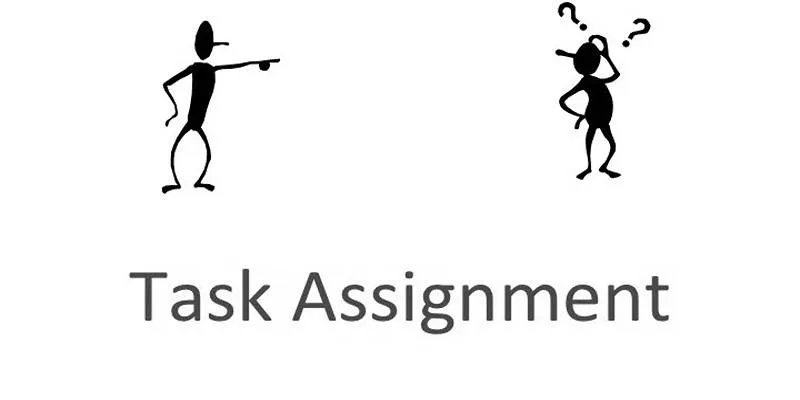
Tasks are created and linked to respective agents. Each task includes:
- A description of the objective
- An expected output format (e.g., a 6-paragraph report or long-form article)
- Access to tools needed to complete the task
6. Execution Flow
A crew is assembled by combining agents and their tasks. The system kicks off with the input topic, and agents begin working sequentially. The final result is a structured, long-form article saved to a local file, ready for review or publication.
Conclusion
The CrewAI Multi-Agent System offers a groundbreaking approach to automating the creation of structured articles from YouTube videos. By simulating real- world team collaboration through intelligent agents, the system enables efficient, high-quality, and scalable content production. This use case illustrates how automation is not just about saving time—it’s about unlocking new possibilities. With AI handling the operational workload, content creators can focus on higher-level strategies, storytelling, and audience engagement.
 zfn9
zfn9
